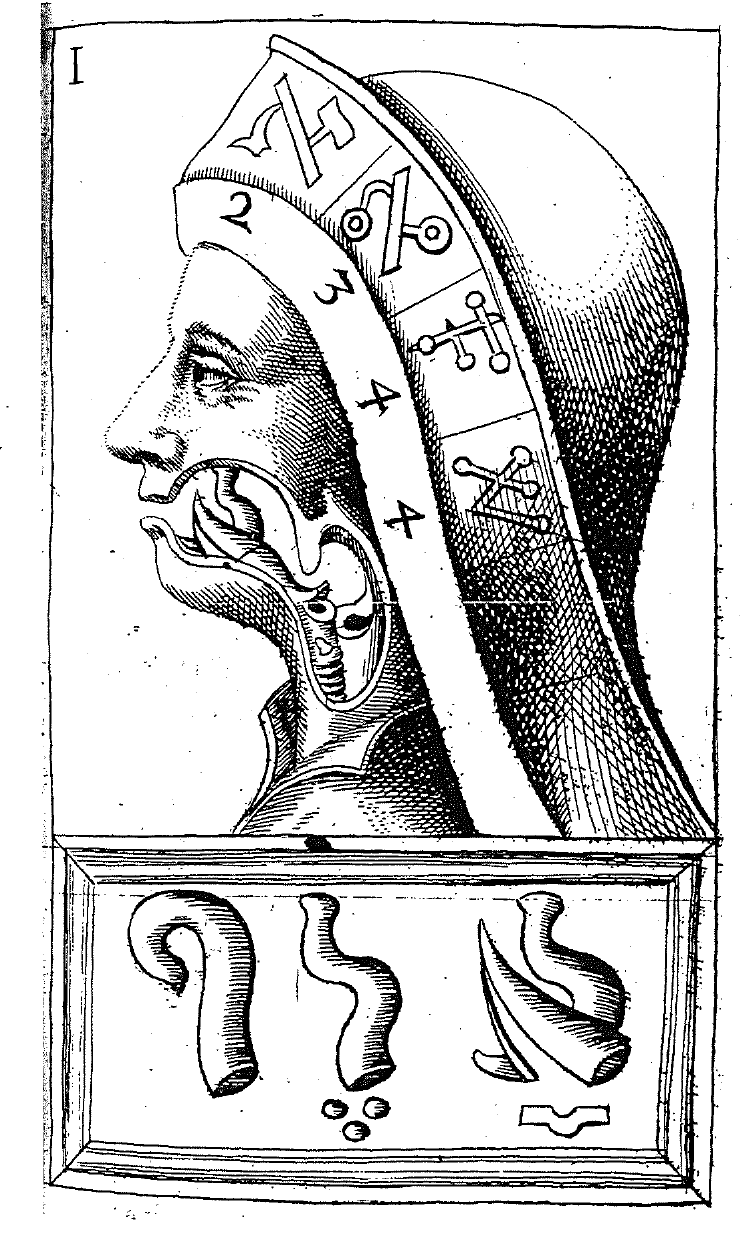Sound over symbol (and meaning)
Zach Hershey called to my attention a phenomenon about the relationship between speech and writing (and meaning) that I long suspected might well be true, and I even collected plentiful evidence in support of it, but I was never absolutely certain that it was true, namely, that in many cases speakers of Sinitic languages have in mind sounds over characters. Now, with information provided by Zach, we have proof that Sinitic speakers in some cases are indeed thinking of sounds separately (apart from) hanzi.
Read the rest of this entry »



